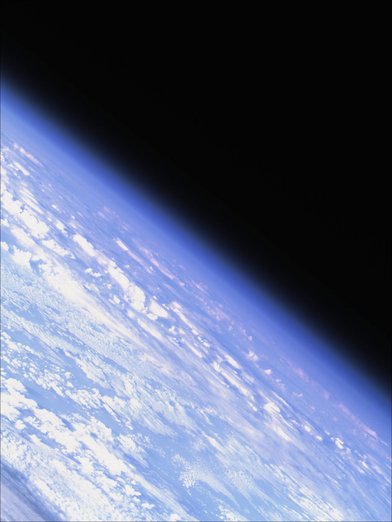Delphini-1 is down!
On Sunday 14 March 2021 our Aarhus University student CubeSat Delphini-1 finally decayed into the deeper atmosphere and met it's honourable fiery end.
![[Translate to English:] Højdekurve for Delphini-1's sidste dage i rummet. Diagram: MFA. [Translate to English:] Højdekurve for Delphini-1's sidste dage i rummet. Diagram: MFA.](/fileadmin/site_files/nyheder/Delphini-1_orbital_altitude_final.jpg)
We do not know exactly where this happened. According to one prediction algoritm it happened southwest of Tasmania at 18:58 UTC, but with a margin of +/- 8 hours it could have happened at any place along the last few orbital tracks. At the Aarhus Universtity Control Centre we tried in vain to contact the satellite on Sunday night. Last contact was Saturday night.
Over the last months we have had a competition running trying to guess the decay date. Student at Aarhus University Robert Schmidt Andersen hit the date, and will receive a special issue LEGO model of Delphini-1 in scale 1:1.
Our brave little satellite lived quite a few months longer than we could have expected, largely because the Sun was kind enough to keep quiet during it's solar minimum interval. This meant that solar activity did not cause the atmosphere to boil up and increase the molecular drag on the satellite.
At last we succeeded - maybe! We had hoped to be able to present an image of Denmark taken from Delphini-1, and the team worked hard on it to the last moments. This is one of the last pictures downloaded from the satellite, and as far as we can calculate, Denmark is there, out in the horizon, but unfortunately and as it often is, covered in clouds. Photo: The Delphini-1 team.
The date for the decay is quite appropriate, being Pi-day, the birthday of Albert Einstein and the anniversary of the death of Steven Hawking. If anyone has been lucky enough to observe the decay of Delphini-1 they were in for quite a show. Even though the satellite massed only one kilogram, because of the orbital velocity its kinetic energy was the equivalent of an IC3 train running at 100 km/h - or an energy comparable to exploding 10 kg TNT.
Delphini-1 has been an extremely successful endeavour for the students and coworkers at Aarhus University. The project started in 2016 aided by more people and organisations than we have room to mention here. We obtained funding and support from the Aarhus University Research Foundation, The Department of Physics and Astronomy, The Department of Engineering and The Department of Earth Sciences, and via the Agency for Higher Education and Science and The European Space Agency we were offered a free launch to and from the International Space Station. The companies GomSpace and NanoRacks have also given us invaluable support and both technical and practical assistance.
More than 50 students have been involved as builders, testers and operators - a lot of the many hours as highly dedicated volunteers.
There is more on the Delphini-1 project on the facebook pages.
We have now reported the decay to the proper authorities, the Rector of Aarhus University, The Danish Agency for Higher Education and Science and the Danish Energy Agency.
With the great succes of this project in mind, we do not put the flag on half pole. Quite the opposite: the bottles of champagne will be placed in the cooler awaiting a time hopefully soon when we can all meet in person and celebrate Delphini-1 properly.
Already we are quite far along in planning the next satellite(s) built and operated by Danish students. Look forward to project DISCO.

